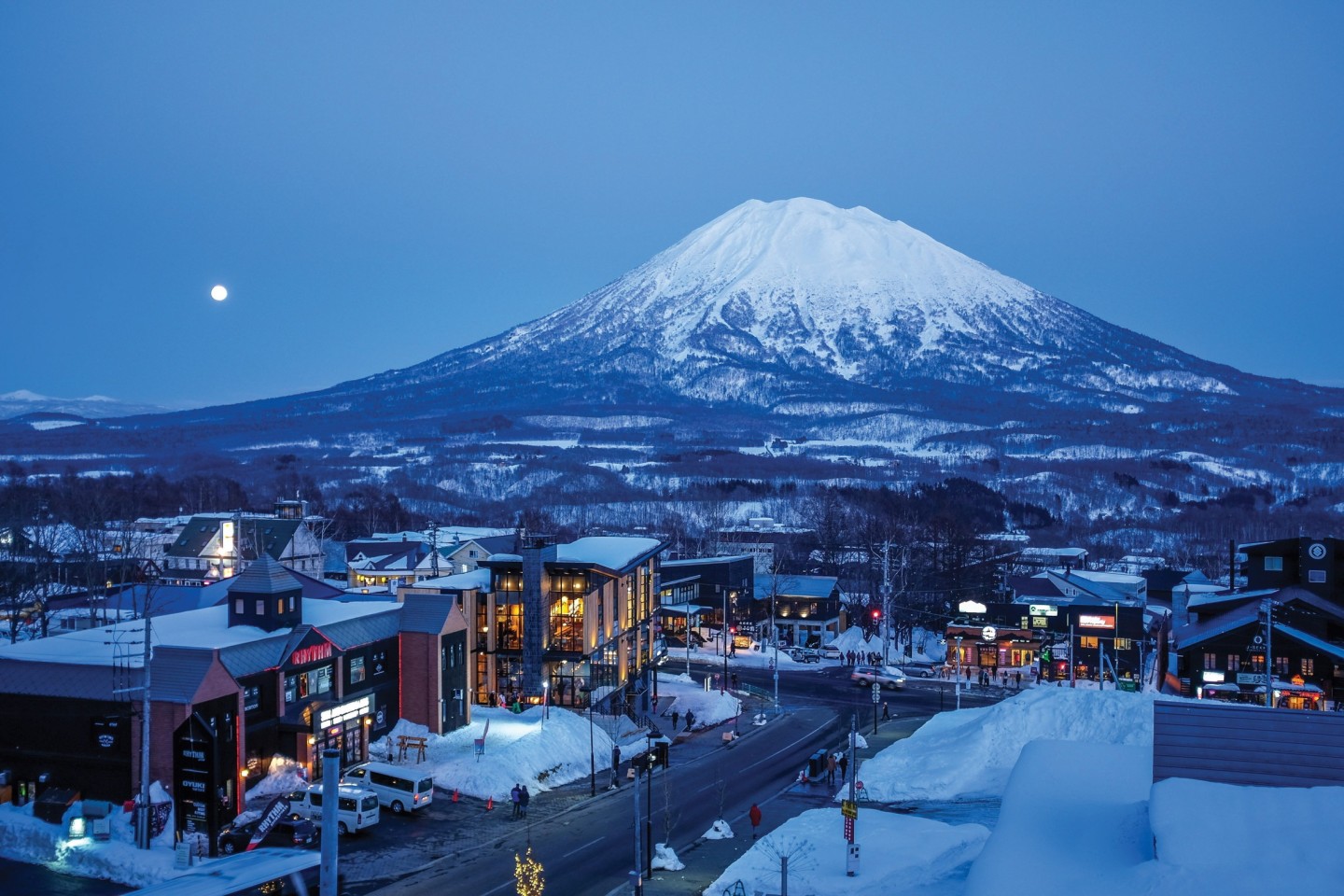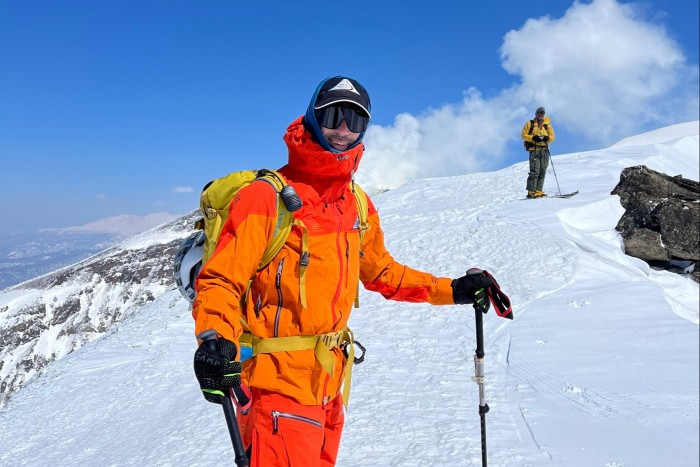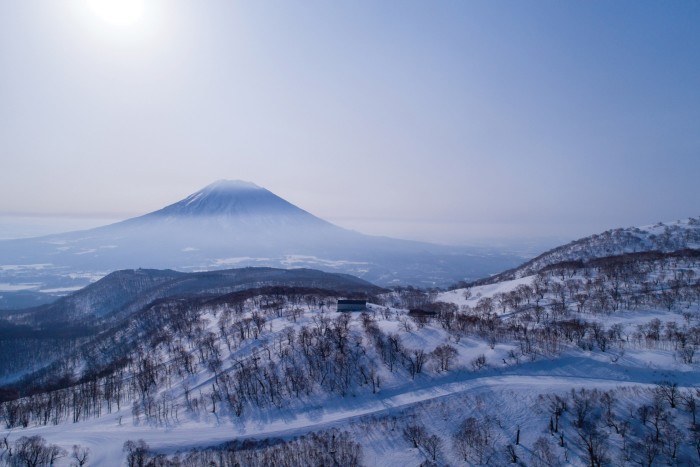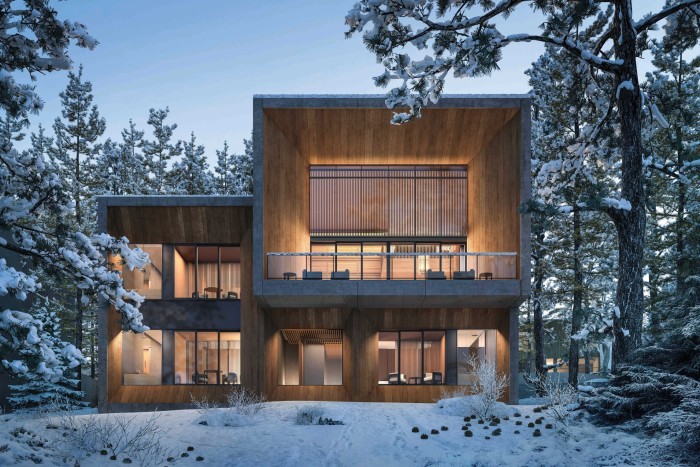Weaker yen and top-quality snow lure investors to Japan’s ski resorts

Roula Khalaf, Editor of the FT, selects her favourite stories in this weekly newsletter.
Since buying a home in Niseko eight years ago, Tracy Lenard, a mountain guide, has watched as the quiet town in the northern island of Hokkaido transformed into Japan’s most popular international resort.
Tourism activity and real estate transactions mostly stalled during the pandemic, but skiers and investors are returning for “revenge buying” on the back of a sharply weaker yen and as global warming has boosted the value of Niseko’s reliably consistent volume of high-quality powder snow.
“The weak yen is exacerbating the pent-up demand,” says Lenard, an American who moved from Tokyo to settle in Niseko after visiting the town every winter since 2008. “We are seeing more numbers of people from different areas of the world post-Covid, so it’s become much more diverse.”

“It’s just going to be a matter of how we in Niseko, and Hokkaido as a whole, can adapt to this growing demand,” he adds.
Niseko, a town of just under 5,000 people, is one of the few remote areas in Japan that has seen a sharp rise in property prices following its metamorphosis into an international tourist destination, where many of its restaurants and bars employ English-speaking foreign workers.
Niseko first became a destination for international skiers after Australians started visiting the area in the 1990s. Since then, the real estate investor profile has diversified to include buyers from China, Hong Kong, Singapore and Malaysia as well as the Asia-based expats from Australia, Europe and the US.
According to the land ministry, prices in one residential area in the town of Kutchan, near Niseko, soared 44 per cent in early 2020 from a year earlier; they then rose 25 per cent in the following year. The town has since fallen off the list of residential areas with the biggest price increase, as international skiers were shut out during the Covid-19 outbreak.
Japan lifted its Covid restrictions on borders for international travellers from late last year, but the reopening was mostly too late to capture the return of tourists and investors for the winter season. Having had more time for preparations, real estate agents expect property transactions to “return to normal” from this year.

However, even during the pandemic, Jess Ripper, sales director at Niseko Real Estate, said some villas and apartments were being sold at, or close to, record prices. While borders were closed, Niseko also saw an increase in domestic tourists, leading to increased investment by affluent Japanese buyers.
“It almost felt like the Japanese had taken the opportunity to get in while the foreigners were not active,” Ripper says, adding that Japanese buyers now account for 20-25 per cent of transactions at Niseko Real Estate, compared with 5-10 per cent before the pandemic.
“For the winter moving forward, we also anticipate a significant uptick in Chinese buyers who have disposable income for lifestyle investment,” he says.
With the yen trading near a multi-decade low against the dollar and a 15-year low against the euro, there is newly found interest, not only from expats in Asia but also buyers based in the US and European countries such as France and the UK.
Keith Rodgers, managing director at real estate company Taiga, says the market is also moving higher end, with a profusion of luxury hotels and resorts that are expected to open in the next three years. These include Six Senses, Aman Resorts, Capella, and Hoshinoya. In the middle of the Covid-19 shutdown in 2020, Park Hyatt and Ritz-Carlton also opened their resorts in the Niseko area.
“I think, if you look at what has happened, even through Covid and now moving forward, the investment muscle that is coming to Niseko is much bigger,” says Rodgers.
According to Rodgers, a land purchase in Niseko can now cost $1mn-$2mn, plus an additional $3mn to build a house. “What’s notable is that these lots are selling, so people have done the calculus and they know what they’re investing in.”

For town officials and residents such as Lenard, the massive development projects and the influx of international travellers have boosted the economy, but they also come with a cost. Construction sites have sprung up all over the area, while the arrival of the big resort companies has forced Niseko and its neighbouring towns to confront a severe labour shortage as well as infrastructure constraints and water shortages.
“From a local’s perspective, one would hope that we have reached a peak of commercial development, because people come to visit and live in Niseko for the beautiful environment: mountains, forests, clean air and water. These natural resources are being depleted before our eyes,” Lenard says.
At Kutchan, which has a population of about 15,000, revenue from property taxes has risen about 50 per cent over the past decade to ¥535mn ($3.6mn) for the fiscal year to March 2023. But the town’s budget has also been stretched by a ¥7bn multiyear project to install a greater number of pipes so the town does not run short of water with the opening of new ski resorts.
“The project will increase our water supplies by 3,000 tonnes by fiscal 2026 but, if there is more development, it’s going to be difficult to find new water resources,” says a local Kutchan official in charge of water development, adding that the town is now warning new developers about the water supply risk.
“There is also concern that the local people are not getting the benefits, if water infrastructure development is only done for the ski resorts,” the official adds.
Starting in October, Kutchan has introduced new regulations to restrict the floor space for resorts and set limits on how much any forest can be developed. Noting that the size of the resort area in Kutchan is comparable to Swiss ski centres such as Verbier and Zermatt, local officials say development of resort facilities should be concentrated around the ski slopes instead of being spread out, in order to preserve the natural environment.
“The developable area here is way bigger than most international resorts, and that’s both a bonus and a risk,” Rodgers says, “because you can overdevelop it, and that could lead to congestion on roads, lifts and parking lots.”
For some real estate agents such as Ripper, restrictions like those on access to water may help to slow new construction and stimulate the secondary market. In recent years, wealthy Asian investors have hired local architects and building companies to construct new homes in Niseko instead of buying existing housing stock.
That has created some tensions with local residents. One longtime Japanese homeowner said the newly constructed houses were not always “high-quality” — instead, they were hastily designed and built, “because anything built can be sold these days at very high prices”.
“Some of these investments are not done responsibly and we don’t want to see development everywhere,” she adds.
The weaker yen, which has been a boon for international investment in Niseko, is also a double-edged sword. While the depreciated currency makes property investment and visits to Japan cheaper, it has also made it harder for ski resorts and restaurants to hire workers from abroad because of the drop in wages.
The bilingual staff and the international environment are one of the biggest attractions of Niseko outside its excellent snow quality. Some service providers have already had to turn new tourists away because of the lack of staffing, even before the winter season fully kicked off.
With labour shortages affecting most sectors across the country, and the younger generation flocking to bigger cities to find jobs, hiring English-speaking staff is an even bigger challenge for ski resorts in Niseko.
Still, Niseko and its neighbouring areas are counting on future growth to be driven by international travellers and investors who are drawn to the snow in the winter and the kayaking, mountain climbing and cycling during the warmer months.
Critics of the new regulations say introducing too many restrictions would crimp the appetite of global investors, who have been the key driver behind a rare success story that has turned a rural Japanese town into one of the world’s most highly regarded ski resorts.
“A growing community would be a great thing, if we can balance that growth with clear development plans in order to protect and maintain our treasures of a beautiful environment and natural resources,” Lenard says.
This article is part of FT Wealth, a section providing in-depth coverage of philanthropy, entrepreneurs, family offices, as well as alternative and impact investment
Comments